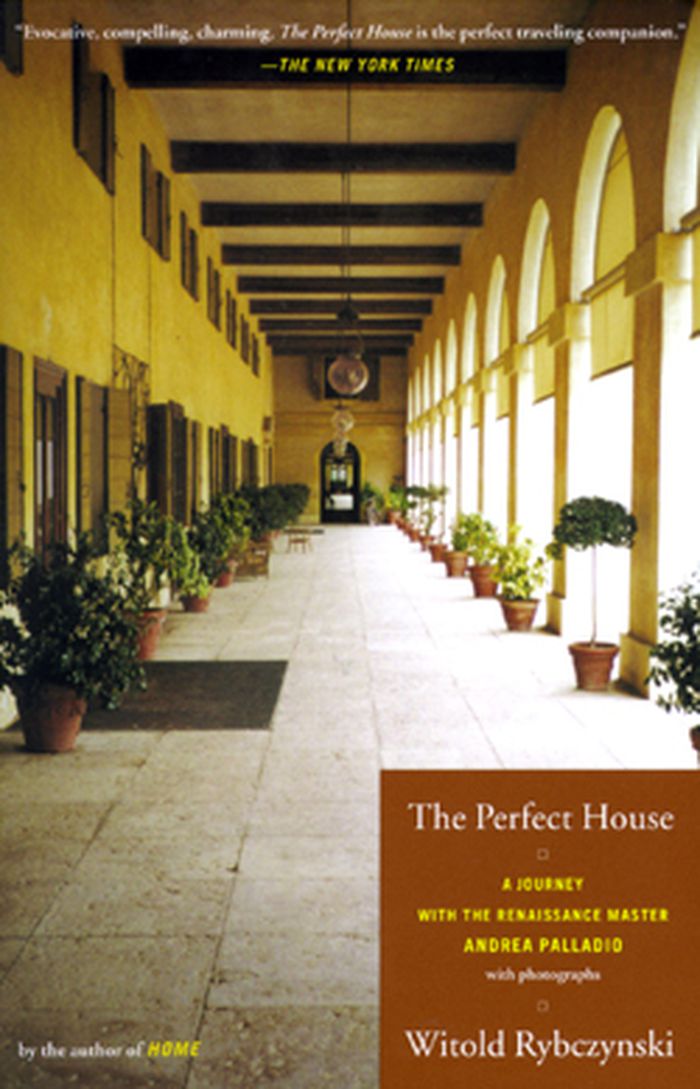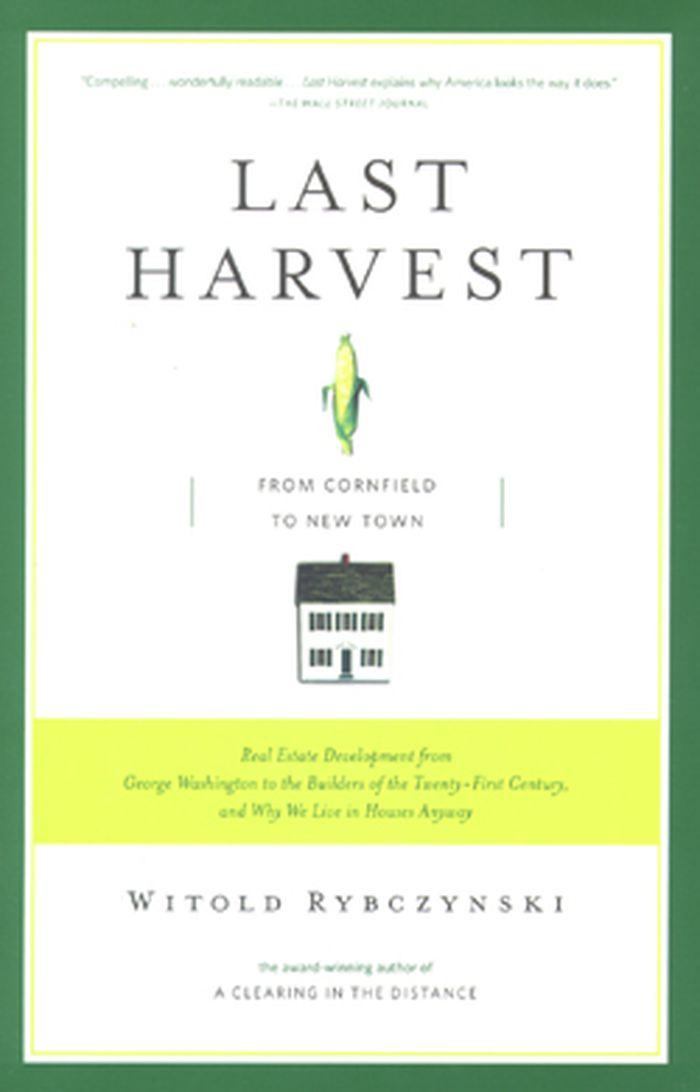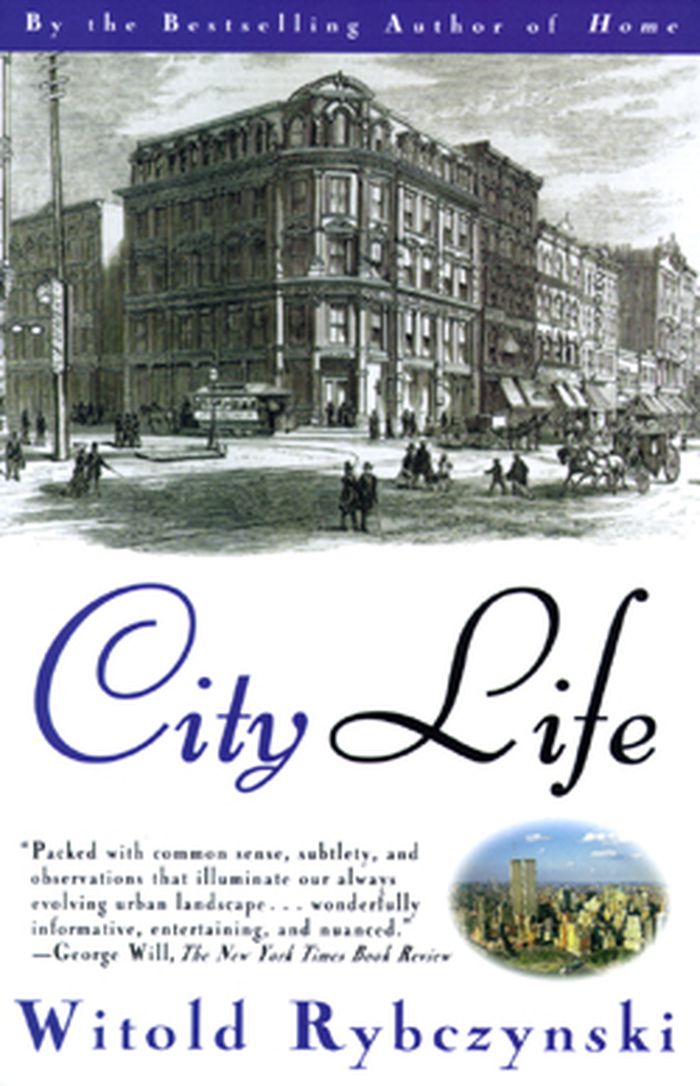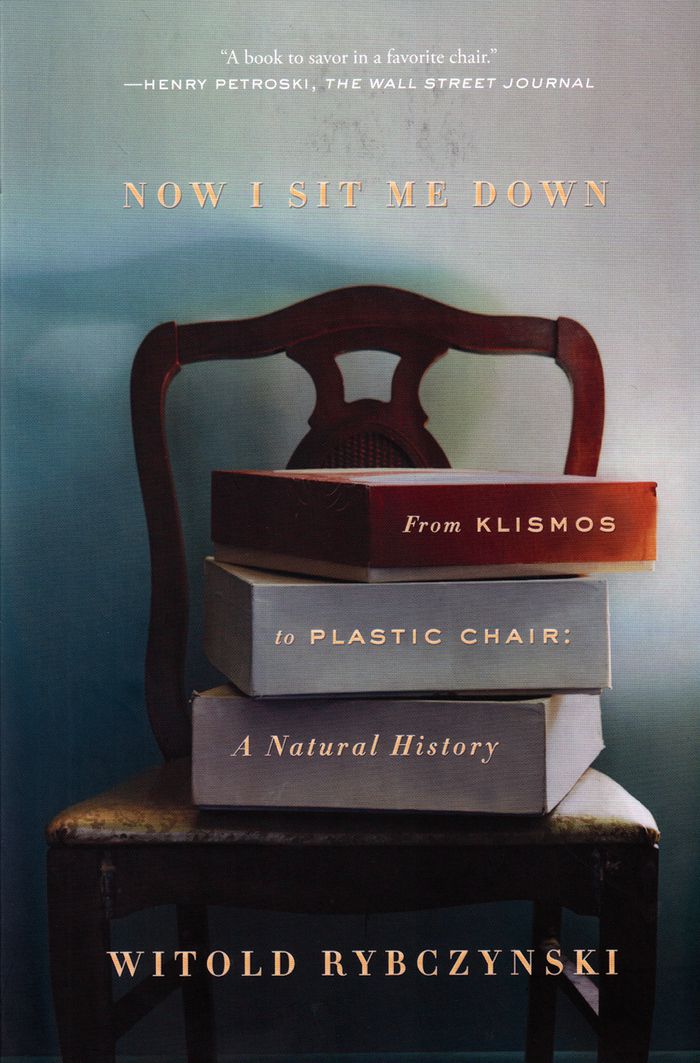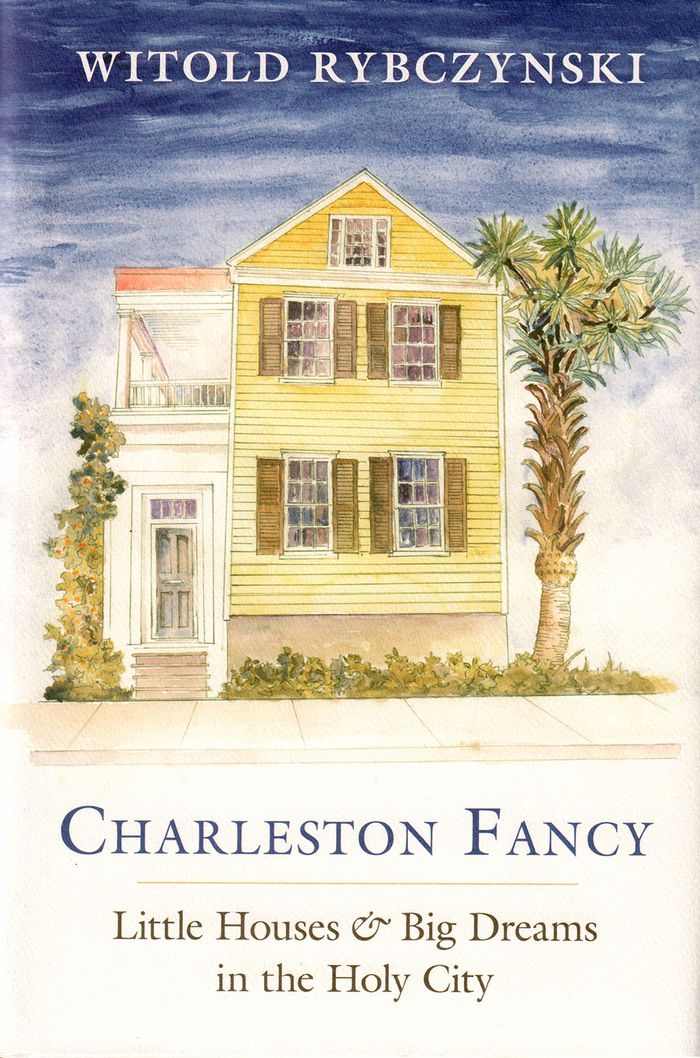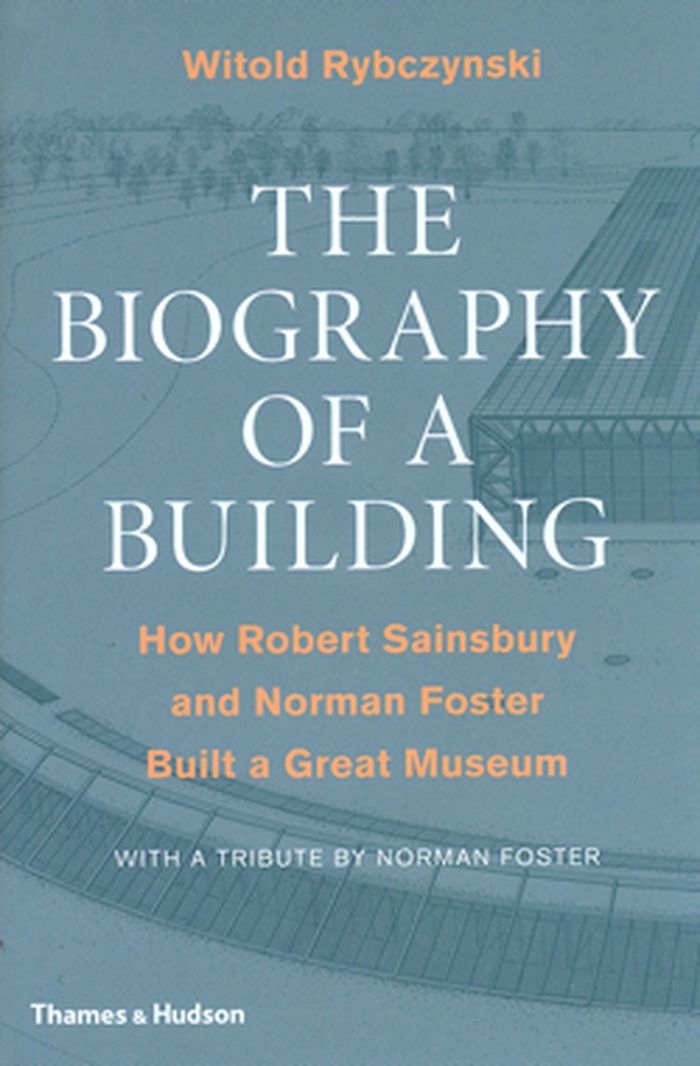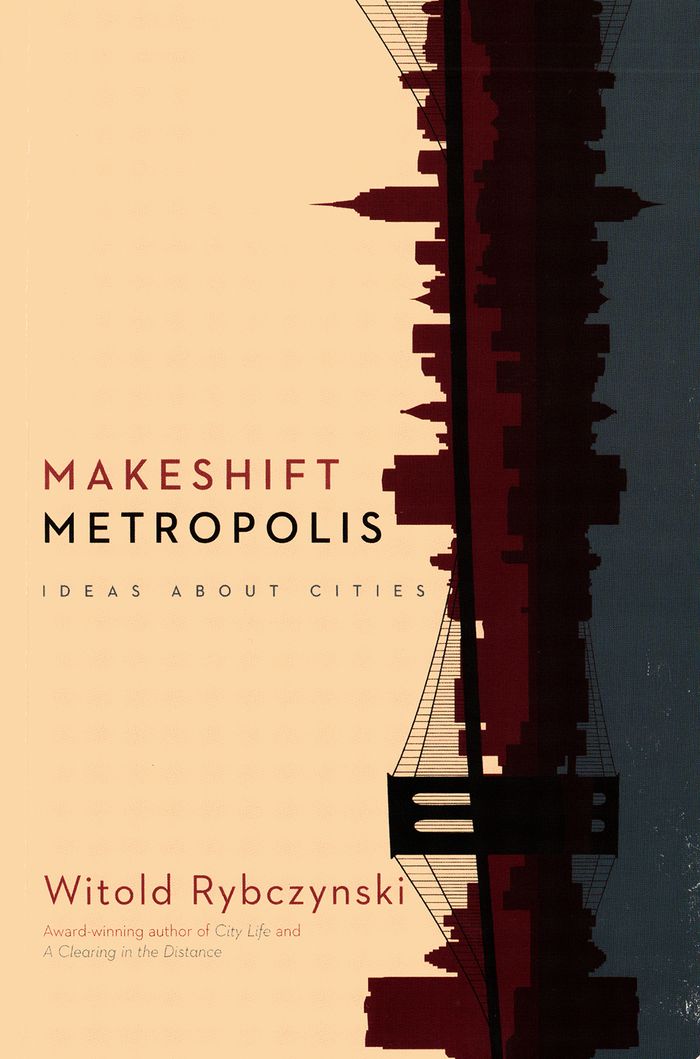$22.99
(disponible sur commande)
Résumé:
In The Perfect House, bestselling author Witold Rybczynski, whose previous books have transformed our understanding of domestic architecture, reveals how a handful of Palladio's houses in an obscure corner of the Venetian Republic should have made their presence felt hundreds of years later and halfway across the globe. More than just a study of one of history's seminal(...)
Théorie de l’architecture
septembre 2003, New York London Toronto Sydney Singapore
The perfect house : A journey with the renaissance master
Actions:
Prix:
$22.99
(disponible sur commande)
Résumé:
In The Perfect House, bestselling author Witold Rybczynski, whose previous books have transformed our understanding of domestic architecture, reveals how a handful of Palladio's houses in an obscure corner of the Venetian Republic should have made their presence felt hundreds of years later and halfway across the globe. More than just a study of one of history's seminal architectural figures, The Perfect House reflects Rybczynski's enormous admiration for his subject and provides a new way of looking at the special landscapes we call "home" in the modern world.
Théorie de l’architecture
$17.50
(disponible sur commande)
Résumé:
When Witold Rybczynski first heard about New Daleville, it was only a developer's idea, attached to ninety acres of cornfield an hour and a half west of Philadelphia. Over the course of five years, Rybczynski met and talked to everyone involved in the building of this residential subdivision -- from the developers to the township leaders, whose approval they needed, to(...)
Théorie de l’urbanisme
janvier 2007, New York, London, Toronto, Sydney
Last harvest from cornfield to new town
Actions:
Prix:
$17.50
(disponible sur commande)
Résumé:
When Witold Rybczynski first heard about New Daleville, it was only a developer's idea, attached to ninety acres of cornfield an hour and a half west of Philadelphia. Over the course of five years, Rybczynski met and talked to everyone involved in the building of this residential subdivision -- from the developers to the township leaders, whose approval they needed, to the home builders and engineers and, ultimately, the first families who moved in.
Théorie de l’urbanisme
City life
$17.50
(disponible sur commande)
Résumé:
In this sweeping cultural history, the author traces the development of American cities and city life from the early colonial settlements to the new downtowns of skyscrapers and department stores. As he reflects on the changes wrought by the train, the automobiles, the telephone, and other social and technological developments, Rybczynski reveals how urban and suburban(...)
City life
Actions:
Prix:
$17.50
(disponible sur commande)
Résumé:
In this sweeping cultural history, the author traces the development of American cities and city life from the early colonial settlements to the new downtowns of skyscrapers and department stores. As he reflects on the changes wrought by the train, the automobiles, the telephone, and other social and technological developments, Rybczynski reveals how urban and suburban spaces have been shaped by the landscapes and lifestyles of New World.
Théorie de l’urbanisme
livres
$18.00
(disponible sur commande)
Résumé:
Cloth edition published in 1995.
City life : urban expectations in a new world
Actions:
Prix:
$18.00
(disponible sur commande)
Résumé:
Cloth edition published in 1995.
livres
janvier 1900, Toronto
Théorie de l’urbanisme
livres
$18.50
(disponible sur commande)
Résumé:
An essential toolkit for understanding architecture as both art form and the setting for our everyday lives We spend most of our days and nights in buildings, living and working and sometimes playing. Architecture is both the setting for our everyday lives and a public art form - but it remains mysterious to most of us. In "How architecture works", Witold Rybczynski, (...)
How architecture works: a humanist's toolkit
Actions:
Prix:
$18.50
(disponible sur commande)
Résumé:
An essential toolkit for understanding architecture as both art form and the setting for our everyday lives We spend most of our days and nights in buildings, living and working and sometimes playing. Architecture is both the setting for our everyday lives and a public art form - but it remains mysterious to most of us. In "How architecture works", Witold Rybczynski, answers our most fundamental questions about how good - and not so good - buildings are designed and constructed. Introducing the reader to the rich and varied world of modern architecture, he reveals how architects as diverse as Frank Gehry, Renzo Piano, and Robert A. M. Stern envision and create their designs. He teaches us how to read" plans, how buildingsrespond to their settings, and how the smallest detail - of a stair balustrade, for instance - can convey an architect's vision. How Architecture Works explains the central elements that make up good building design, ranging from a war memorial in London to an opera house in Saint Petersburg, from the National Museum of African American History and Culture in Washington, D.C., to a famous architect's private retreat in Princeton, New Jersey. It is an enlightening humanist's toolkit for thinking about the built environment and seeing it afresh.
livres
octobre 2014
Théorie de l’architecture
$22.99
(disponible sur commande)
Résumé:
Have you ever wondered where rocking chairs came from, or why cheap plastic chairs are suddenly everywhere? In "Now I sit me down", the distinguished architect and writer Witold Rybczynski chronicles the history of the chair from the folding stools of pharaonic Egypt to the ubiquitous stackable monobloc chairs of today. He tells the stories of the inventor of the bentwood(...)
Now I sit me down: from klismos to plastic chair, a natural history
Actions:
Prix:
$22.99
(disponible sur commande)
Résumé:
Have you ever wondered where rocking chairs came from, or why cheap plastic chairs are suddenly everywhere? In "Now I sit me down", the distinguished architect and writer Witold Rybczynski chronicles the history of the chair from the folding stools of pharaonic Egypt to the ubiquitous stackable monobloc chairs of today. He tells the stories of the inventor of the bentwood chair, Michael Thonet, and of the creators of the first molded-plywood chair, Charles and Ray Eames. He reveals the history of chairs to be a social history—of different ways of sitting, of changing manners and attitudes, and of varying tastes. The history of chairs is the history of who we are. We learn how the ancient Chinese switched from sitting on the floor to sitting in a chair, and how the iconic chair of Middle America—the BarcaLounger—traces its roots back to the Bauhaus. Rybczynski weaves a rich tapestry that draws on art and design history, personal experience, and historical accounts. And he pairs these stories with his own delightful hand-drawn illustrations: colonial rockers and English cabrioles, languorous chaise longues and no-nonsense ergonomic task chairs—they’re all here. The famous Danish furniture designer Hans Wegner once remarked, “A chair is only finished when someone sits in it.” As Rybczynski tells it, the way we choose to sit and what we choose to sit on speak volumes about our values, our tastes, and the things we hold dear.
Théorie du design
The story of architecture
$54.95
(disponible sur commande)
Résumé:
In this sweeping history, from the Stone Age to the present day, Witold Rybczynski shows how architectural ideals have been affected by technological, economic, and social changes—and by changes in taste. The host of examples ranges from places of worship such as Hagia Sophia and Brunelleschi’s Duomo to living spaces such as the Katsura Imperial Villa and the Alhambra,(...)
octobre 2022
The story of architecture
Actions:
Prix:
$54.95
(disponible sur commande)
Résumé:
In this sweeping history, from the Stone Age to the present day, Witold Rybczynski shows how architectural ideals have been affected by technological, economic, and social changes—and by changes in taste. The host of examples ranges from places of worship such as Hagia Sophia and Brunelleschi’s Duomo to living spaces such as the Katsura Imperial Villa and the Alhambra, national icons such as the Lincoln Memorial and the Sydney Opera House, and skyscrapers such as the Seagram Building and Beijing’s CCTV headquarters. Rybczynski’s narrative emphasizes the ways that buildings across time and space are united by the human desire for order, meaning, and beauty.This is the story of architecture’s physical manifestation of the universal aspiration to celebrate, honor, and commemorate, and an exploration of the ways that each building is a unique product of patrons, architects, and builders.
$39.95
(disponible sur commande)
Résumé:
A captivating chronicle of building in modern-day Charleston, making a case for architecture based on historical precedent, local context, and the ability to delight.
Charleston fancy: little houses and big dreams in the holy city
Actions:
Prix:
$39.95
(disponible sur commande)
Résumé:
A captivating chronicle of building in modern-day Charleston, making a case for architecture based on historical precedent, local context, and the ability to delight.
Théorie de l’architecture
$34.50
(disponible sur commande)
Résumé:
The Sainsbury Centre for Visual Arts at the University of East Anglia was Norman Foster's first major commission and the project that set him on the road to fame and fortune. It remains highly regarded in the architectural world. In this book, we learn how a major museum is conceived and developed, the role of the sponsor, the nature of collecting, and the experiences of(...)
Biography of a building : How Robert Sainsbury and Norman Foster built a great museum
Actions:
Prix:
$34.50
(disponible sur commande)
Résumé:
The Sainsbury Centre for Visual Arts at the University of East Anglia was Norman Foster's first major commission and the project that set him on the road to fame and fortune. It remains highly regarded in the architectural world. In this book, we learn how a major museum is conceived and developed, the role of the sponsor, the nature of collecting, and the experiences of the people who occupy the space.
$18.99
(disponible sur commande)
Résumé:
Makeshift Metropolis describes how current ideas about urban planning evolved from the movements that defined the twentieth century, such as City Beautiful, the Garden City, and the seminal ideas of Frank Lloyd Wright and Jane Jacobs. If the twentieth century was the age of planning, we now find ourselves in the age of the market, Rybczynski argues, where entrepreneurial(...)
Makeshift metropolis: ideas about cities
Actions:
Prix:
$18.99
(disponible sur commande)
Résumé:
Makeshift Metropolis describes how current ideas about urban planning evolved from the movements that defined the twentieth century, such as City Beautiful, the Garden City, and the seminal ideas of Frank Lloyd Wright and Jane Jacobs. If the twentieth century was the age of planning, we now find ourselves in the age of the market, Rybczynski argues, where entrepreneurial developers are shaping the twenty-first-century city with mixed-use developments, downtown living, heterogeneity, density, and liveliness. He introduces readers to projects like Brooklyn Bridge Park, the Yards in Washington, D.C., and, further afield, to the new city of Modi’in, Israel—sites that, in this age of resource scarcity, economic turmoil, and changing human demands, challenge our notion of the city.
Théorie de l’urbanisme
